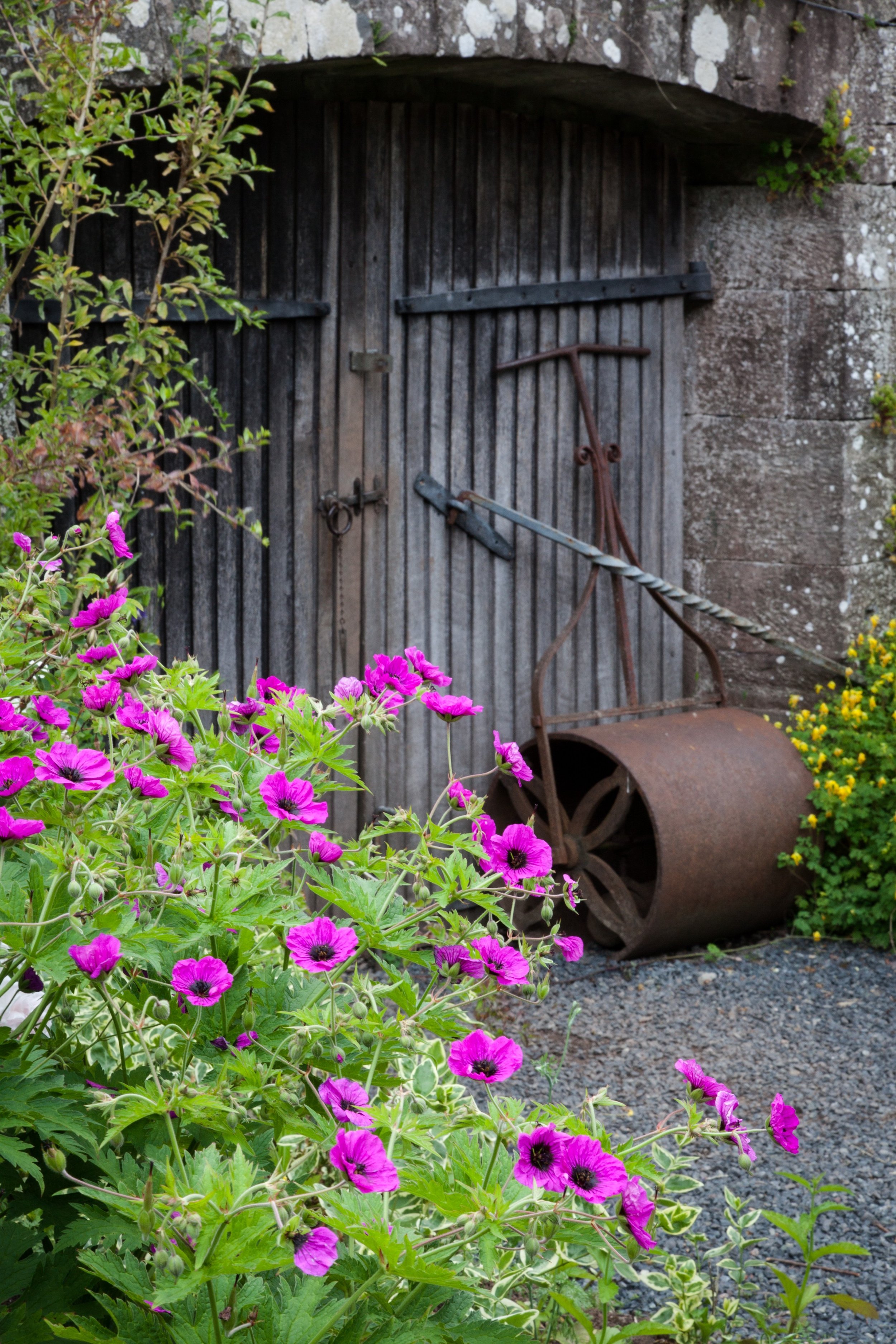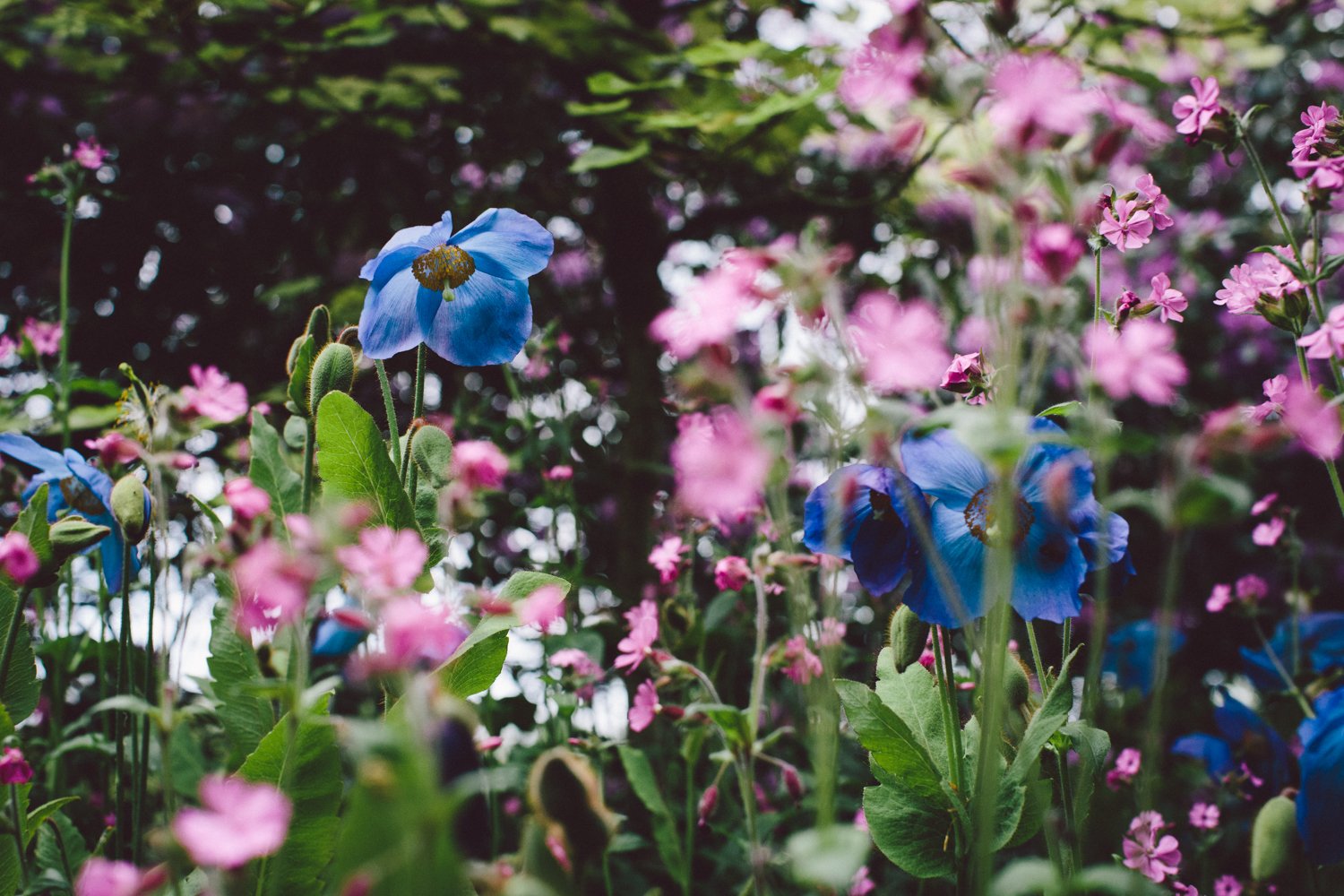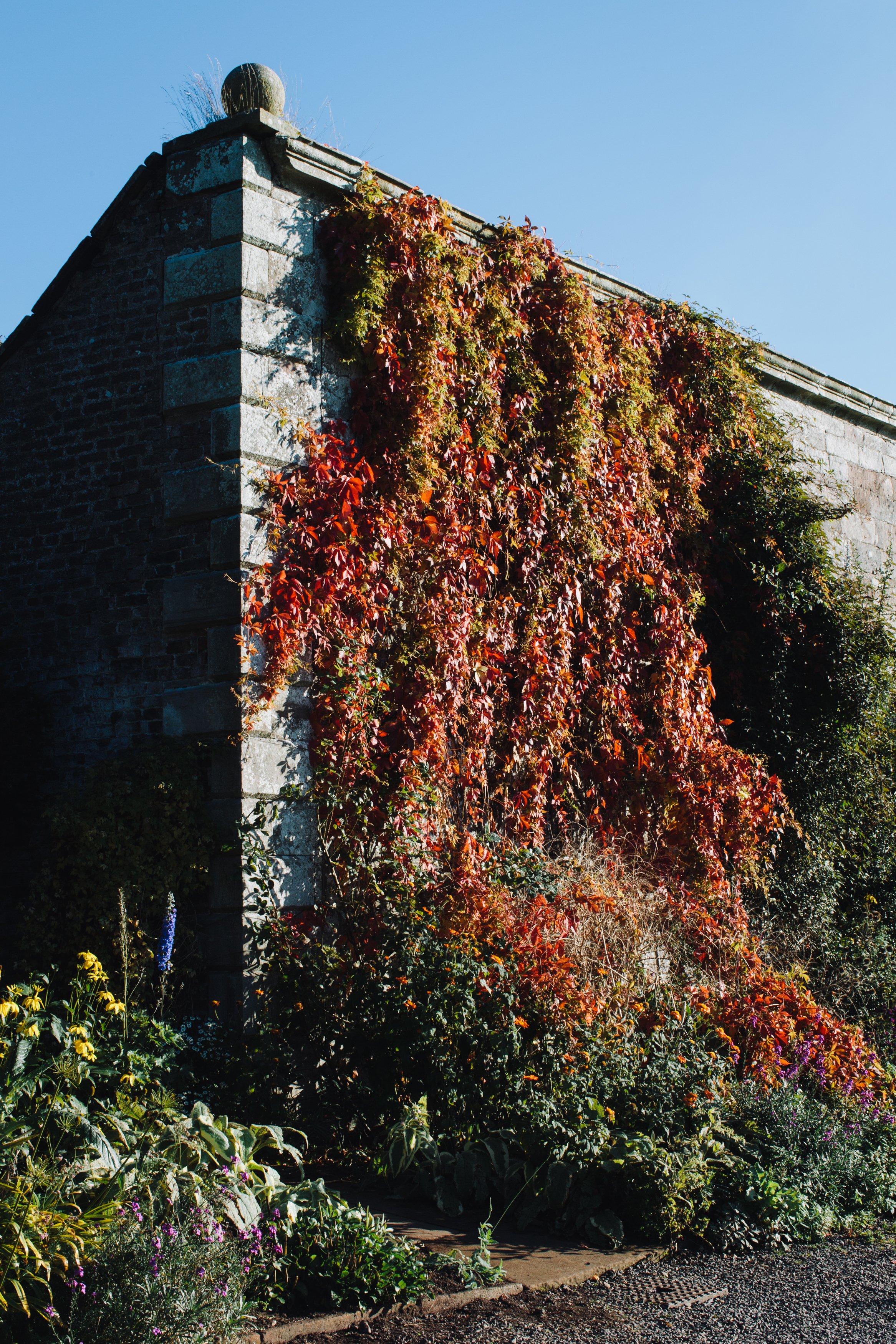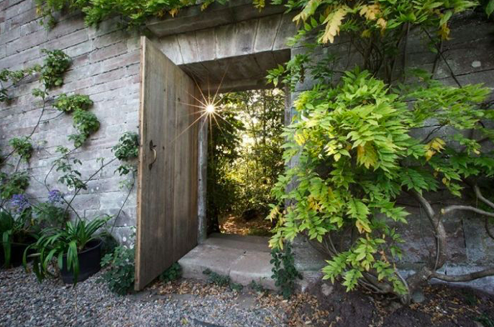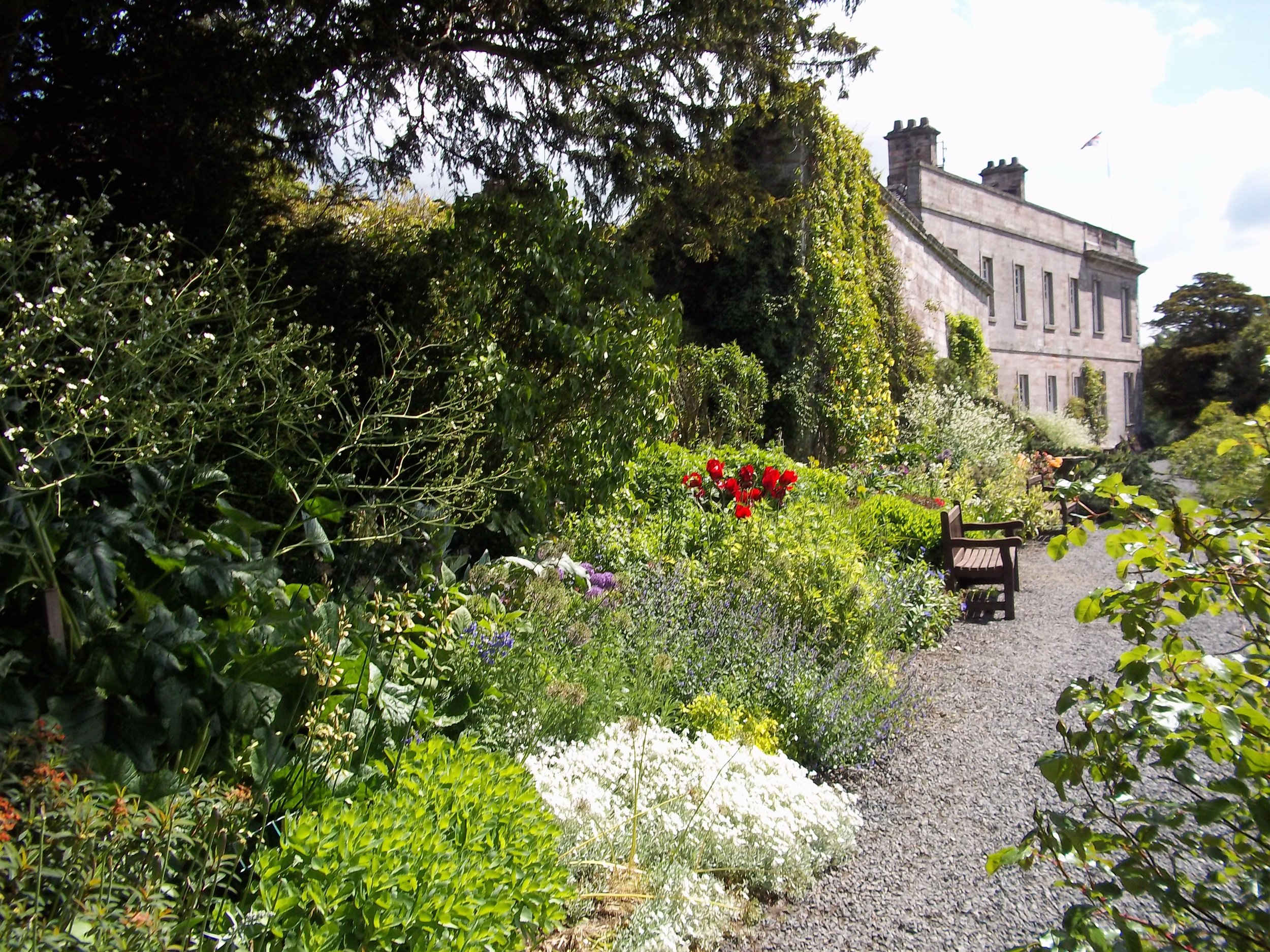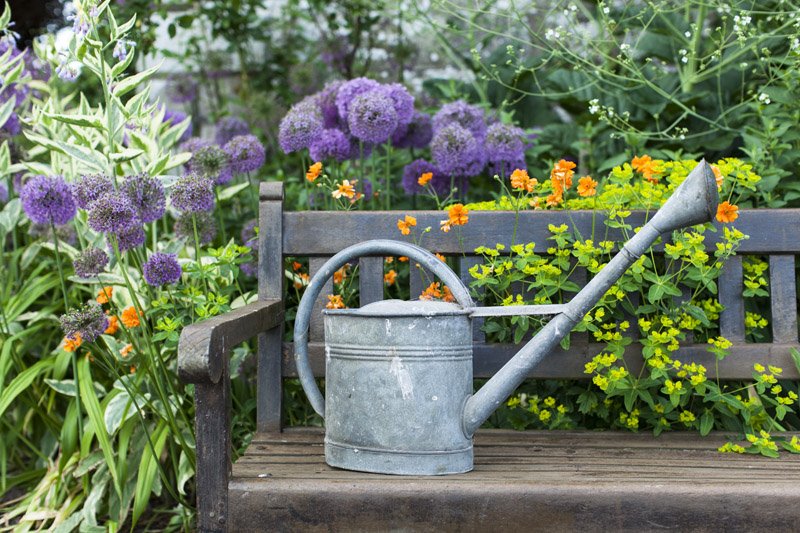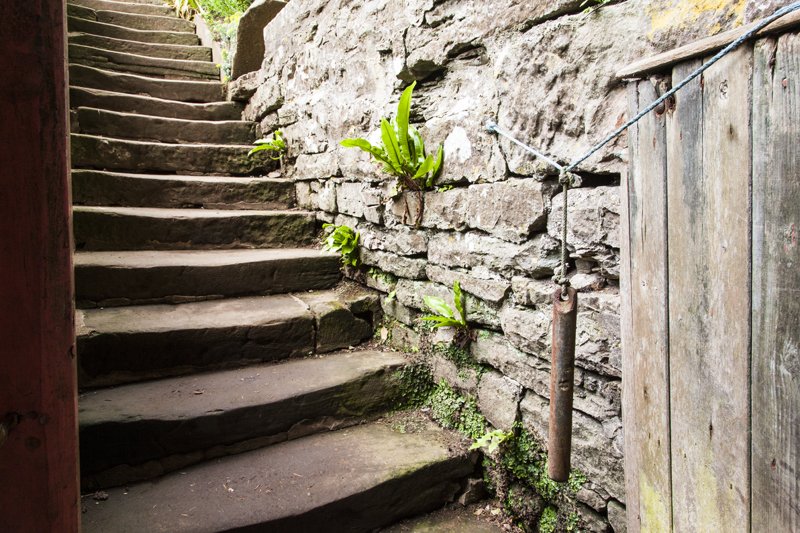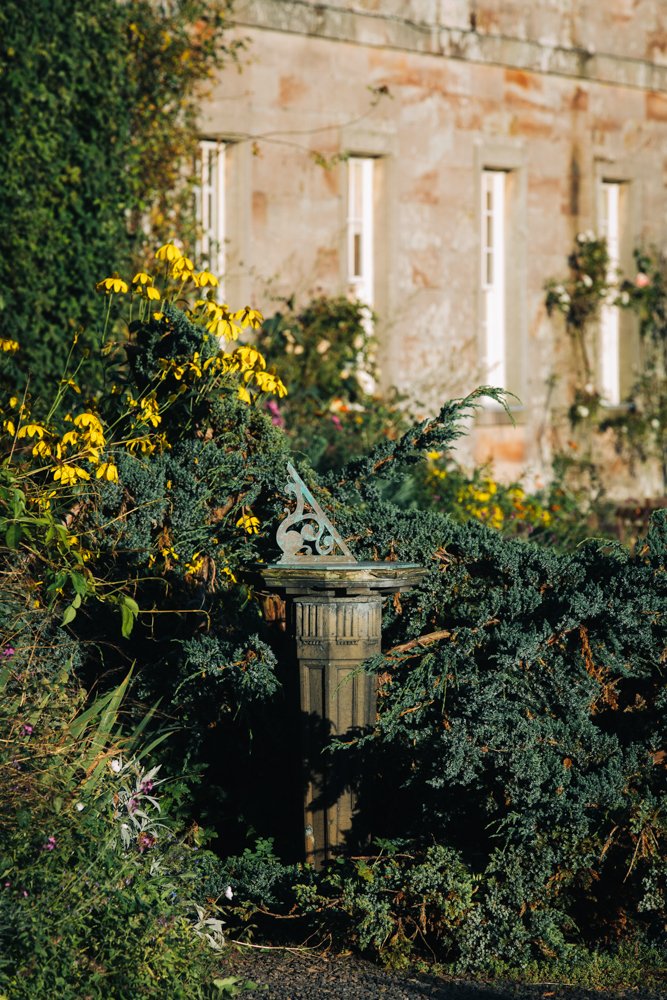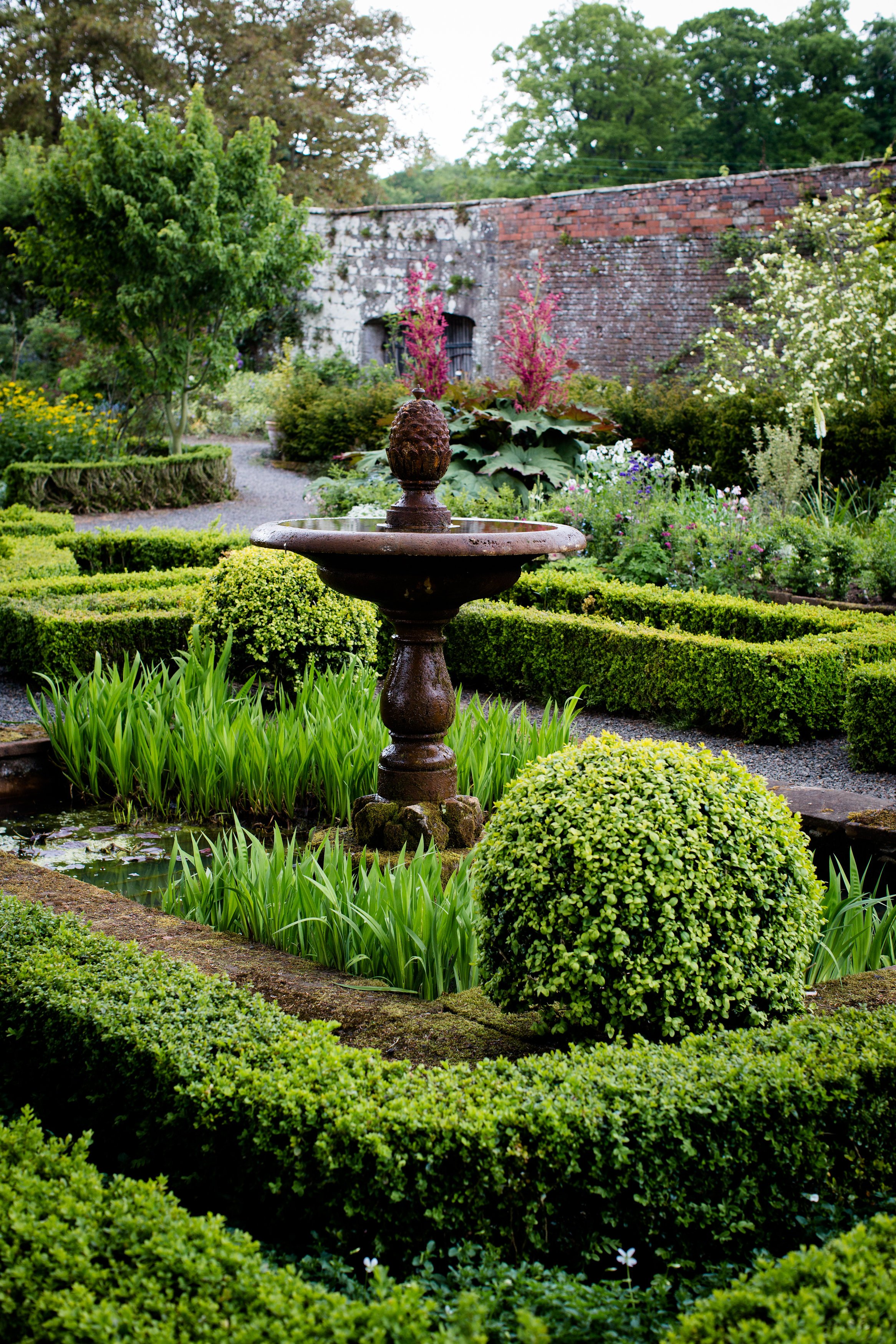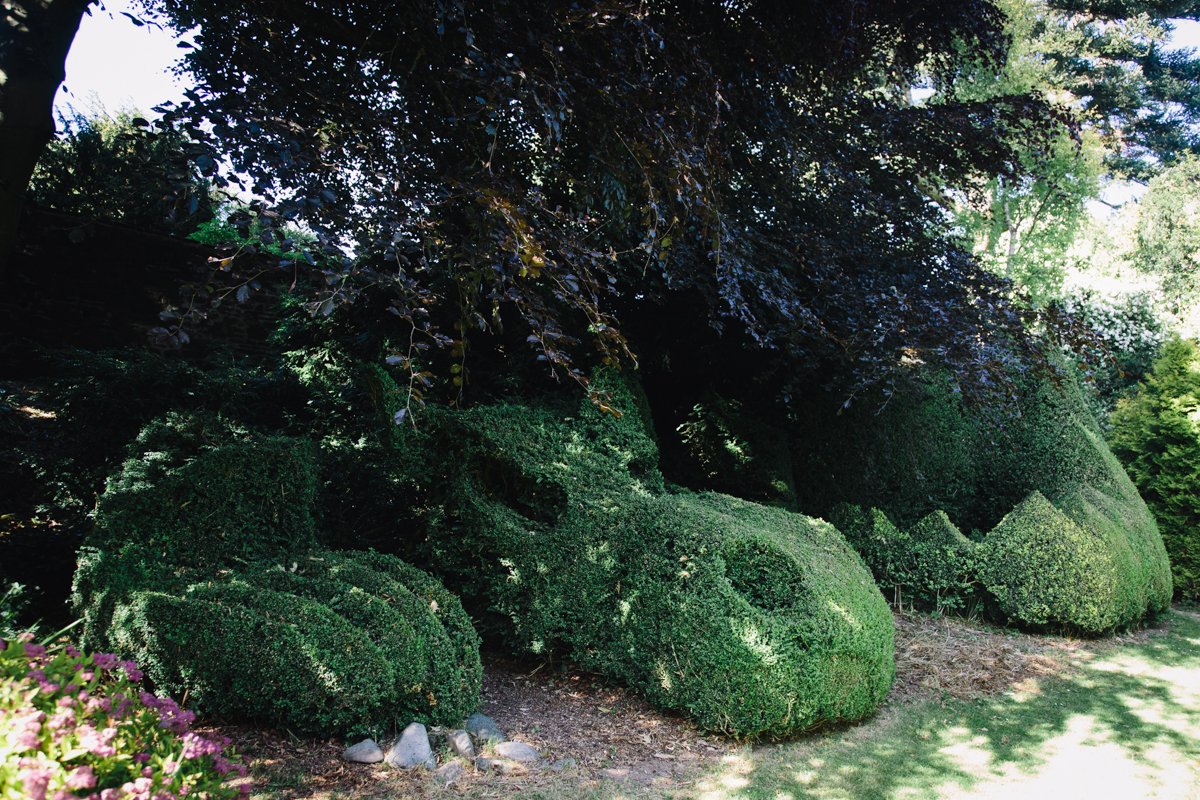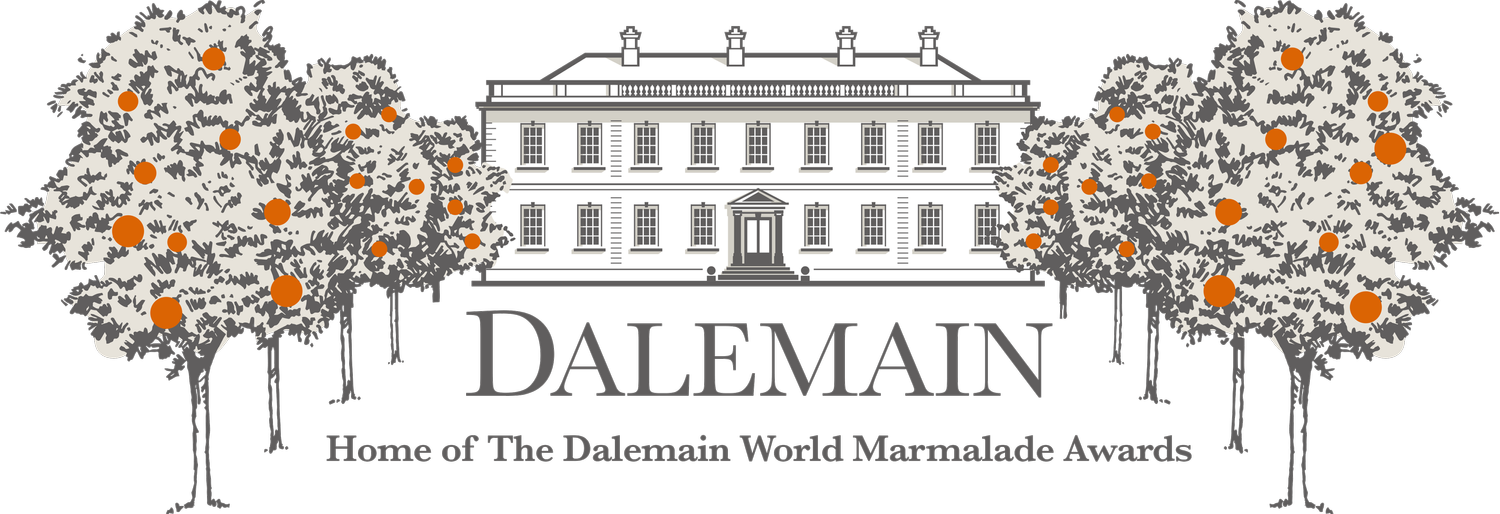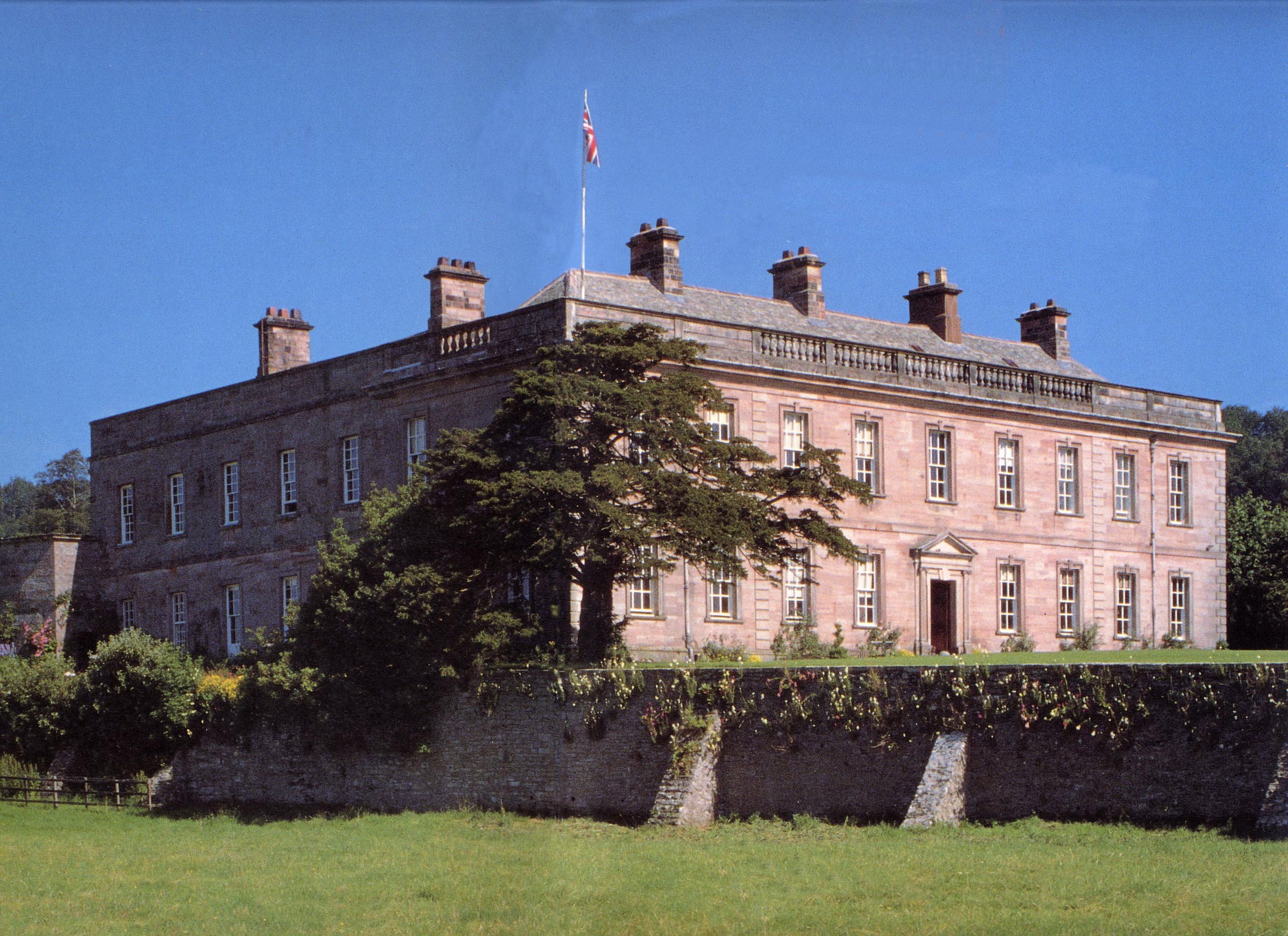
MANSION & GARDENS
Visit the Mansion
There is evidence of a settlement at Dalemain in Saxon times. Here the river Eamont, which was the boundary between Cumberland and Westmorland, was fordable while also it is sheltered at this point in the valley where often the worst of the weather will go around Dalemain. A Pele tower was built on the site during the reign of King Henry II. The old hall dates back to the 12th century, with wings added in the 16th century.
In 1679, Sir Edward Hasell, who had been steward to Lady Anne Clifford, purchased Dalemain and it has remained in the family since then. On his purchase, the house was substantially altered including a grand staircase and new front door. The farmyard was modernised and a retaining wall built below the terrace. The impressive Georgian front was completed by his son in 1744, built to enclose the old house within a central courtyard. These rooms followed an elegant, symmetrical design with neoclassical features. The garden façade was also rebuilt in 1748 to match the new front. Above the courtyard lies the Deer Park holding an ancient herd of fallow deer.
Inside the house, you will find a variety of interesting ceramics; beautiful furniture including work by Robert Gillow and Thomas Chippendale; and a good collection of family portraits by various well known portraitists. There is one of the earliest examples of hand-painted Chinese wallpaper from the mid-18th Century. In the front hall, a cantilevered staircase. Dalemain is an accumulation of different time periods over hundreds of years. In the Housekeeper’s room, you can see a Priest’s Hole that was found by accident when remodelling part of the house, while in the Fretwork Room, you can see the extraordinary, ornate 16th Century plaster ceiling. In the 12th century Pele tower, built to defend against border reivers, the Westmorland & Cumberland Yeomanry Museum tells the story of a local cavalry regiment telling its traditions and exhibiting this important military collection. Throughout you discover a rich collection of everyday objects, period furniture and stories of the past.
Please note that the Mansion is viewable by guided tour only. To book tickets please click here , or for daily availability please contact the tourism office on 017684 86450 (option 1). Please note that our office opening times are 9am-5pm, Monday-Friday.
A nationally important collection of furniture, fine art, ceramics and everyday objects of the past.
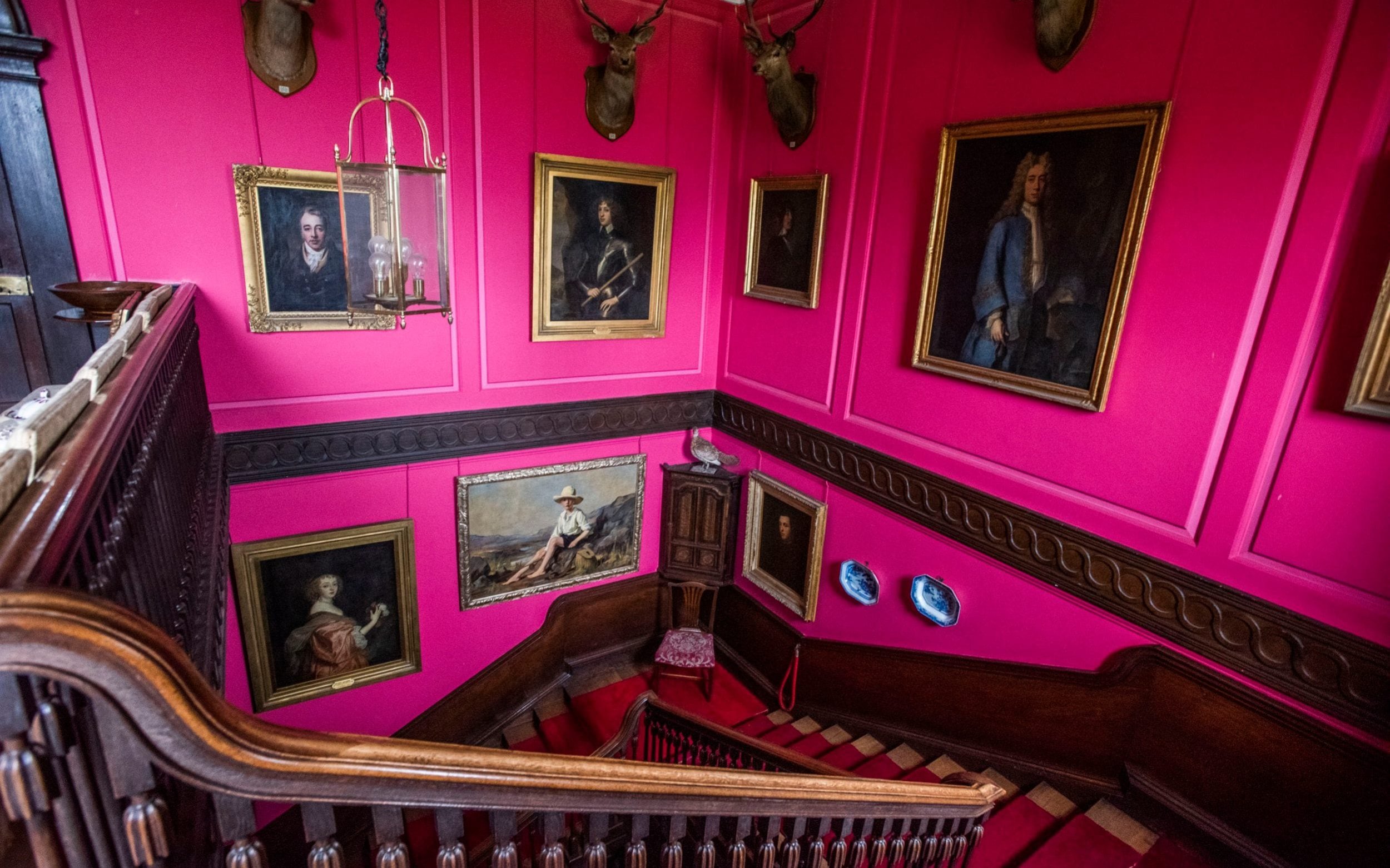

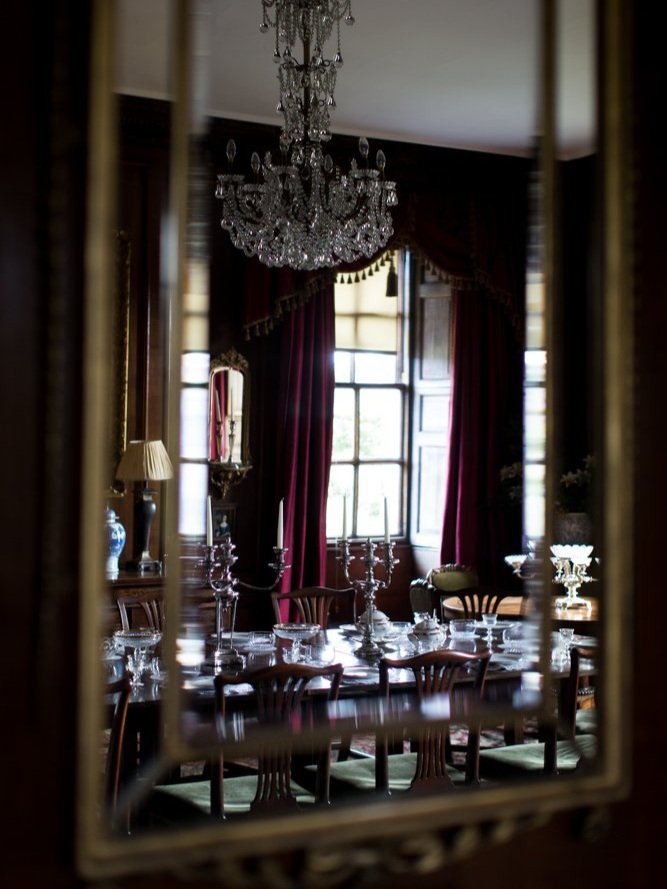
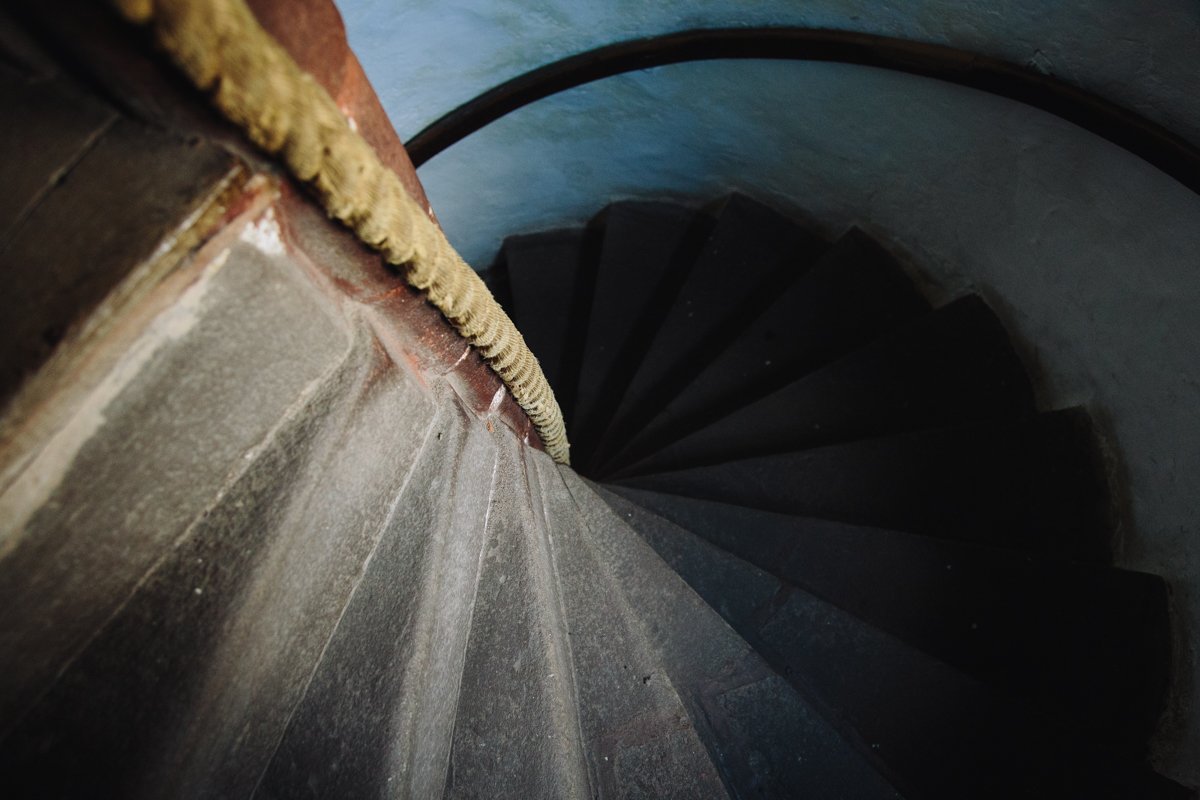

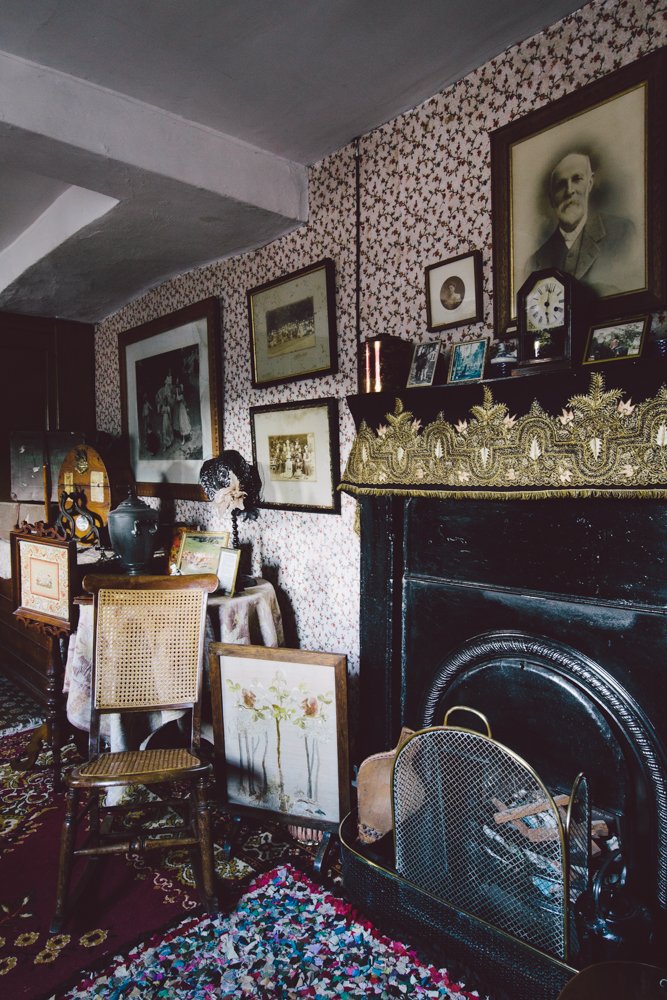
Visit the Gardens
This is a plantsman's garden with an extraordinary breadth and depth of plant varieties. There are over 200 old-fashioned roses (June to July), a timeline of apple trees, nooks and crannies galore. The magnificent Silver Fir (Abies Cephalonica) which has the largest girth in the UK was a gift from Joseph Banks , the botanist, in the 1840s; and the Hymalayan blue poppies Mecanopsis grandis Dalemain were propagated by Sylvia Hasell. In the Spring carpets of snow drops, aconites and later daffodils splash colour over the still sleepy earth.
Different fashions in horticulture echo around the space from the formality of the Elizabethan Knot Garden; the surrounding Romantic, landscaped parkland with glorious views out to the High Fells; the herbaceous terrace; and the wild garden drawing from the work of William Robinson.
This is also a garden of imagination and magic. A topiary dragon guards the low garden while an earth giant slumbers by the river. Through a door from the light of the formal garden, Lob’s Wood is a leafy green and a wilder world, filled with beech trees. Here, too is a ‘stumpery’. The Animal Garden is rich with plants including hedgehog holly, snake bard, foxgloves and Solomon’s seal.
The garden is well known having won the Historic Houses Garden of the Year Award, sponsored by Christies in 2013 and is a Royal Horticultural Society Partner Garden and listed as a Garden of Merit. Gardening Which? has placed us in the top ten gardens of Northern Britain.
An award winning, plantsman’s garden full of magic and imagination.

